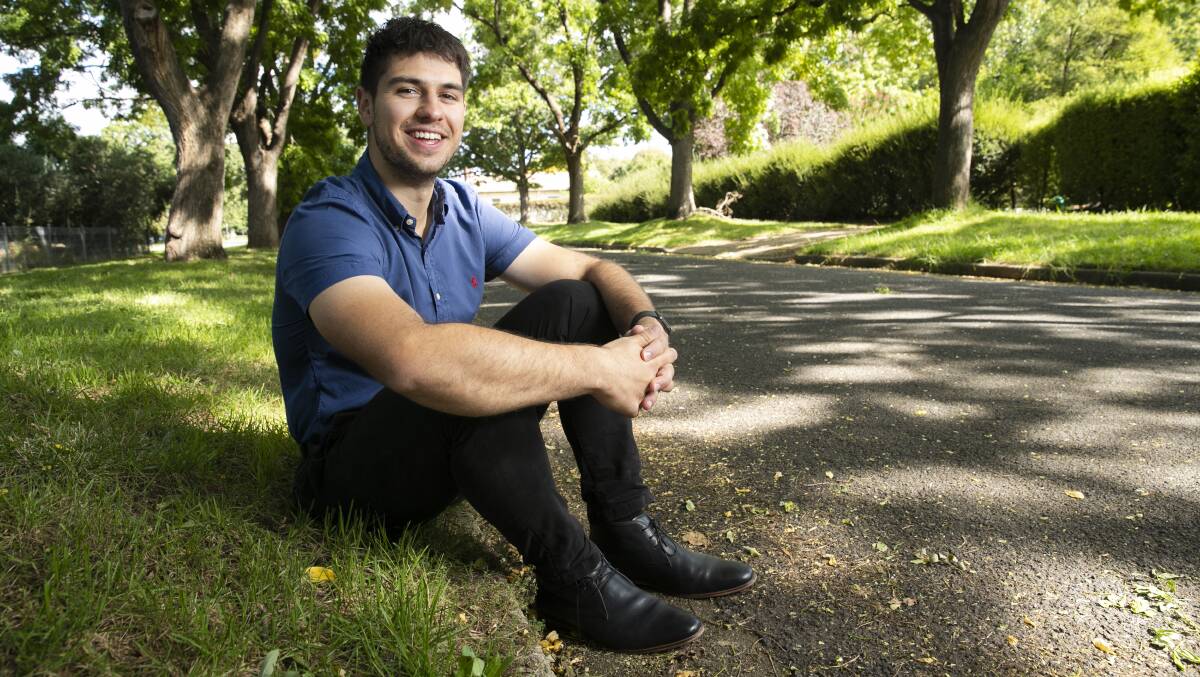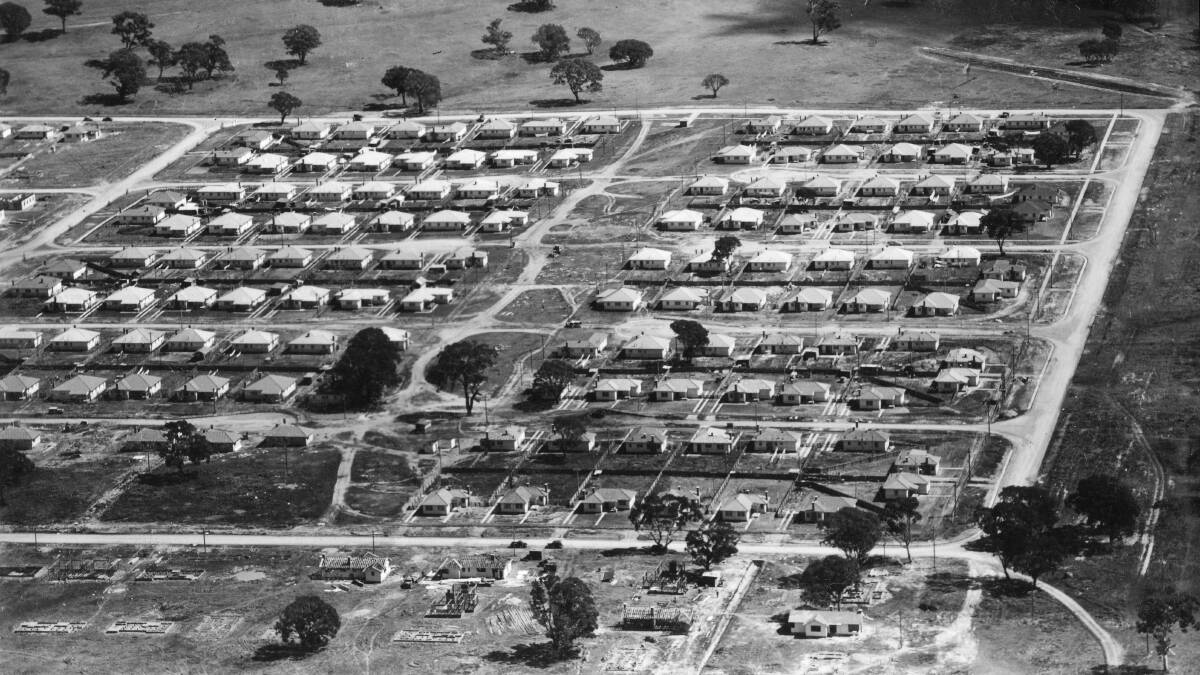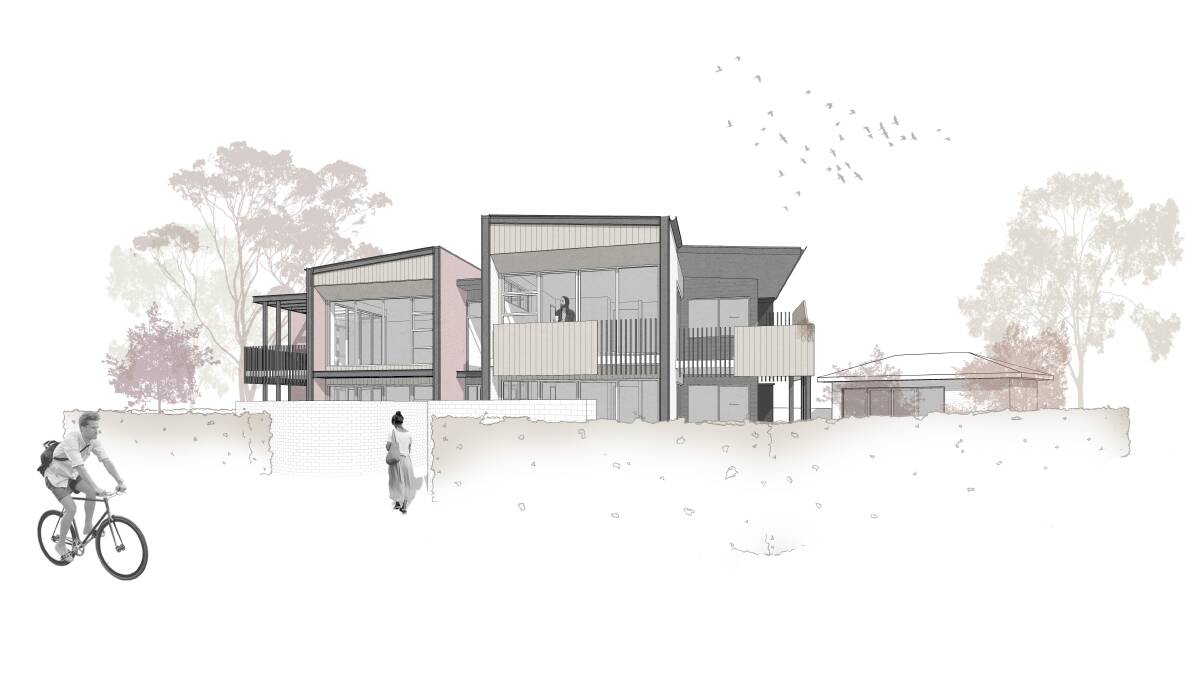
They are the streets that give Canberra its bush capital identity: generous blocks for suburban family homes with dappled sunshine through leafy, mature trees.
But those streets have become a flashpoint in the debate over the capital's future: where arguments over density and amenity, affordability and liveability collide.
So what if double the number of people could live in the inner-city suburbs with no loss to their famed and desirable character?
One young architect thinks it is possible.
Marko Torbarina, who completed the Alastair Swayn Foundation internship while studying a masters in architecture at the University of Canberra last year, considered the thorny issue of inner city densification, coming away convinced there was a path forward.
"The conclusion that I end up coming to is that I think the issue of doubling density and increasing the number of dwellings - the solution to that is just to have more effective and efficient houses," he said.
Mr Torbarina grew up around the residential construction industry. His parents ran a firm that built houses in the greenfields suburbs in Canberra's north, so he saw first-hand the desire to build the biggest possible houses.
"When you start to play with more reasonable, or less extravagant, let's say, sizes of bedrooms, living rooms and houses in general, you can start to reach that middle ground," he said.
"I think the issue is, especially with development in inner suburbs, when people do get their hands on something like that to develop, they're getting to the maximum plot ratio straight away; they're just jamming in as much as they can."

Mr Torbarina wrote a paper as part of the ACT government-backed internship considering densification options for the heritage registered Tocumwal housing precinct in O'Connor: eight cul-de-sacs with prefabricated low-cost World War II-era homes relocated from Tocumwal in NSW to address a Canberra housing shortage.
"I thought the Tocumwal precinct was probably one of the best examples of O'Connor's rich, leafy, green character; it's also something that hasn't had too much development," he said.
Mr Torbarina's paper considers - largely hypothetically, given the strict heritage controls on the area - what could be done with more efficient, smaller houses on the existing blocks.
A block in the precinct which currently has 50 bedrooms and 18 dwellings could be expanded to 120 bedrooms and 48 dwellings using the Manor House design by Rob Henry architects, which has revealed a generational split in opposition and support in Griffith where it was proposed under the ACT government's demonstration housing project.
"Dappled Dwellings", a design entry from NSW-based architecture studio Trias to a Queensland government-run competition exploring densification solutions, would take the block to 29 dwellings and 81 bedrooms. The design adds 90-square-metre double-storey dwellings to the backyards of existing properties; it relies on shared outdoor spaces.
Mr Torbarina concluded - after assessing four different housing typologies for the area - that all could be integrated with minimal impact on the site's existing trees and gardens. There would be "minimal detriment to existing massing and streetscape character".

However, he acknowledged the deep-seated Canberra preference for a standalone house on a standalone block.
"The privacy, individuality, and autonomy afforded by the suburban block make detached suburban dwellings by far the preferred housing choice within Canberra," the paper said.
But Mr Torbarina said more people could enjoy the benefits of suburban living, with denser suburbs better equipped to support local businesses, shops and outdoor spaces, along with more frequent public transport services.
"Although local community pushback is often one of the largest hurdles faced in suburban densification efforts, it is these very community members that have the most to gain from densification," his paper said.
Mr Torbarina said he had stepped away from architecture for the time being, working instead in the construction industry, but he remained hopeful the debate over the inner suburbs' future in the capital would not be driven by the misconceptions over densification.
"There are a lot of architects here who specialise in more efficient houses. So I'm very hopeful that stuff will come along in time," he said.
"For the time being, most houses in Canberra aren't even designed by architects, so there's a long way to go still."







